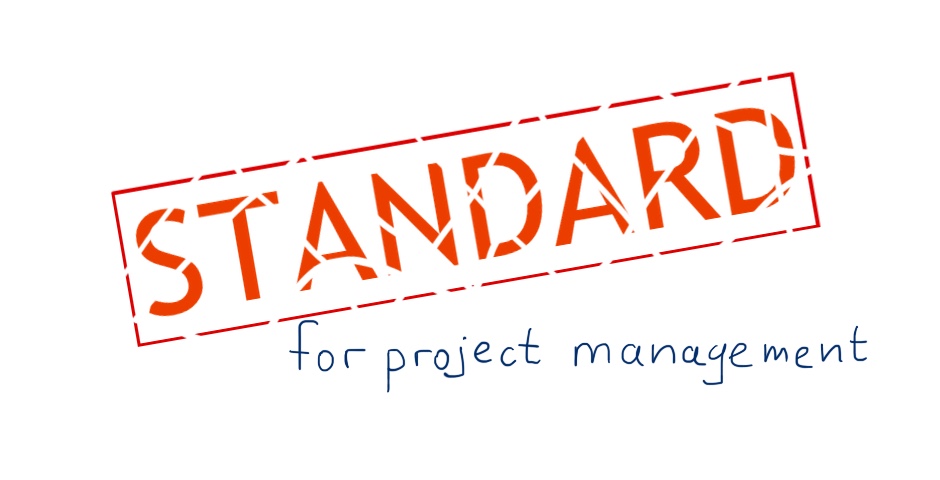Hello my friend,
I suppose you have heard such abbreviations as PMBOK and PMI, if you are interested in project management. Let’s discuss, what are they are, and try to outline, how they can help you. Myself I’ve just finished studying PMBOK and want to share with you my own opinion.
What do these abbreviations mean?
PMI stands for Project Management Institute, which we can consider as a locomotive in development of project management practices. At their official web-site (http://www.pmi.org/) you can find the following description:
Project Management Institute is the world’s leading not-for-profit professional membership association for the project, program and portfolio management profession.
This association created one of the most recognizable in the world standard for project management, which is called PMBOK (Project Management Body of Knowledge). There are different editions of PMBOK, which were developed over the time of PMI existence that is almost 50 years. The most recent is the 5th edition, which is used right now.
For the sake of clarity I need to say that PMI is not the only authority on the market. Another big and respectful organization is IPMA (International Project Management Association) (http://www.ipma.world/). But personally I don’t have experience with its methodology, trainings and certification.
Why I write about PMBOK?
Previously in my experience I’ve managed and taken part in different projects. I’ve always just used the ready corporate guidelines and that’s it. At the beginning it was enough, because using information from previous successful projects you can manage your projects from small to middle size quite good. Nevertheless I always had different questions about project management. For instance I wanted to know, why certain things were now planned form the very beginning or why there were so much changes to the project management plan during the project. I decided to find the answers to my questions and dig deep into details.
Usually each company has its own methodology how to manage the projects. This methodology is bundled with the organization’s structure, hierarchy and processes. Based on this methodology certain project documents’ templates are developed, which is really quite useful asset as you don’t have to invent the wheel. You just use ready templates and manage the project. On the other hand, when I changed the company, I see significant changes in the templates. So, core understanding of project management regardless your current organization is necessary.
A brief investigation showed me that the methodologies of my companies were built on PMBOK. That’s why I decided to go for PMP myself, as I have also experience in project management based on PMBOK. The first essential step is to study PMBOK itself.
What is PMBOK?
I must outline that study PMBOK isn’t easy at all. It took me about two month to read and understand its information. The complexity is related to the fact that it’s standard, it isn’t learning guide. The core material in PMBOK is the description of all the process related to project management (43 processes) that is mapped to the 5 categories (project management process groups). Each process has its own input (necessary information), tools and techniques that are used to create the necessary output and certain outputs, which are usually the updates to project management plan or another project documents.
Here is the first my insight. No all the processes are needed in each project.
It doesn’t mean that you can avoid planning schedule or cost. It means that some of processes can be coupled in one process. The possibility of simplification depends on the project, what means in one cases you can achieve it and in others not. The actual set of processes and their details depend solely on the project.
The second insight called “progressive elaboration”
This second idea has answered many my questions. Briefly speaking, it might be either impossible or inefficient to plan everything in very much detail. On the other hand it doesn’t mean that you can avoid any planning. PMI says that there is usually OK to have details for the next 90 days, whereas further time periods can be planned later. The key enabler for such behavior is the fact that in the beginning of the project there are too many assumptions. With the run of the project the degree of uncertainty lowers and you can plan distant actions more precisely. For example, you can create WBS, but make the detail list of activities with timeframes only for the nearest actions. That’s especially important if the upcoming working packages depend on the realization of the current.
The third insight is that in reality project management often doesn’t have enough authority.
I have never worked in the organization that has project-oriented structure. Such types of organization provide the full power of authority to PM, what significantly reduce the possible constrains. I usually worked in classical organization, where project activities often go in parallel with operations. Very often these two worlds follow different goals, like an implementation of new service for project and sustain the current level of service for operations. Implementation of new services often leads to downtimes for current services, so the key objective for the project manager is to negotiate with all the stakeholders the project activities and allocate resources for it.
Conclusion
In the social networks there was recently popular one quote by Peter Drucker:
Strategy is a commodity, execution is an art
This quote is applicable for the project management as well. Good project plan is really necessary and using PMBOK and other guides it’s possible to create it. But it isn’t enough. If you are project manager, you have to control and direct the execution of your project plan. And it’s a more tricky part, I’d say.
Support us
BR,
Anton Karneliuk

